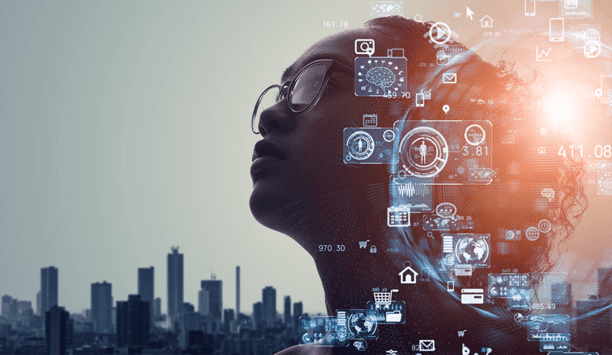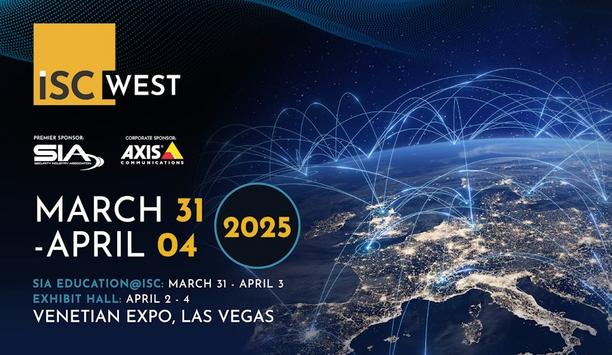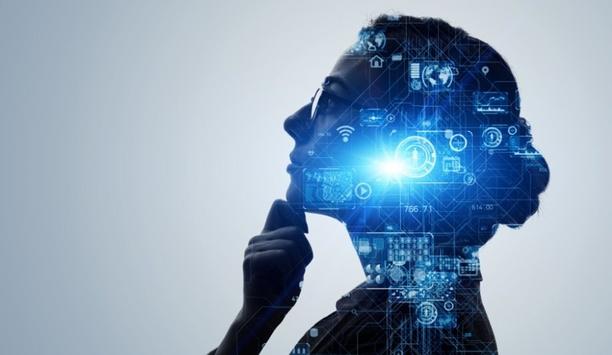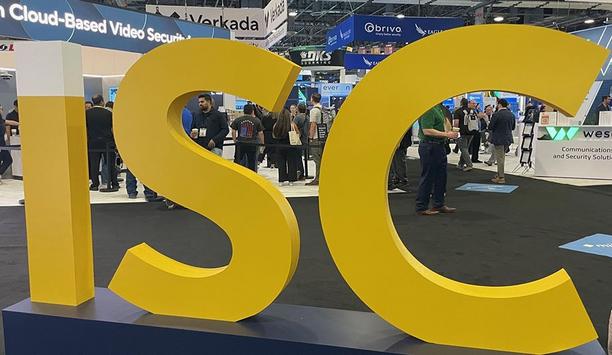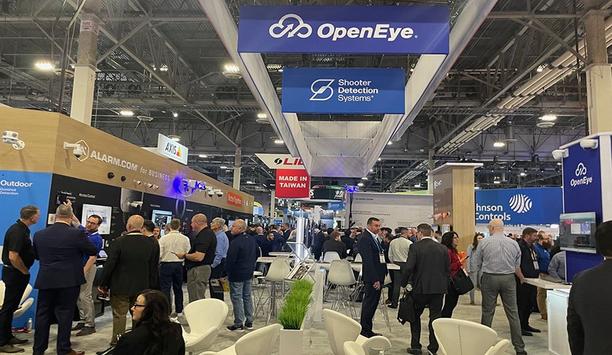We keep hearing about the “Internet of Things” (IoT) and wondering how it will impact the physical security industry. It turns out the Federal government is working now to direct development and testing of such systems with an eye toward a variety of future applications. The U.S. government calls such technology “Cyber-Physical Systems” (CPS) and is looking for ways they can be used to improve safety, sustainability, efficiency, mobility and the overall quality of life.
Moving towards better interconnected smart systems
The “SmartAmerica Challenge”, a project of two Presidential Innovation Fellows working with the National Institute of Standards and Technology (NIST), is looking for new ways interconnected devices can be used. A kickoff of the program was held in December 2013, and more than 65 participants formed teams to identify ways to collaborate and push the technology forward. Follow-up meetings have been held since then, and a SmartAmerica Challenge Summit this June will enable additional interaction, demonstrations and discussions of how interconnected smart systems can provide tangible benefits.
For example, one team is looking to deploy a “closed-loop” healthcare system that interconnects data devices along the healthcare continuum to enable sharing of patient-specific health information whether a patient is at home, en route to the hospital or at the hospital. Sensor data tracks the patient’s activity, behaviours and vital signs automatically and delivers information to streamline the healthcare operation.
Applications that will benefit physical security
For the growing number of security companies becoming involved with personal emergency response systems (PERS), this project offers specific benefits and functionality. For example, sensors in the home could track the activity of an elderly person – whether the bathroom door opens, if he or she is awake during the night or isn’t eating (using a sensor on the refrigerator door). By tracking and analysing data in the home, such an interconnected system could provide an early warning of health problems. The approach fits perfectly with the security market’s trend toward interconnecting technologies and sensors throughout the home.
Another possibility is the use of a connected safe home network by first responders. Advanced sensors and receiving technology could be used to provide an automated safety alert and community awareness network to protect vulnerable populations. Sensors could be deployed and connected with first responders to promote a safer environment as well as economic opportunity for businesses that might build, deploy and maintain the devices. The home security market is well positioned to benefit from that economic impact.
Continuing innovation can open additional avenues for the security industry to serve its customers. They may call it the “Internet of things,” but clearly human beings can benefit in the end. So can the security marketplace.


